Every now and then, people have fears and worries that cross their mind. Whether you have a stressful day coming up at work, a presentation you might be nervous about delivering, a loved one becomes ill, or you simply have an extremely long to-do list.
There are worries that accompany most events and situations you may go through in life. For example, if you are nervous about that upcoming presentation, you might worry that you’re going to forget everything you planned to say, or that it won’t go over well. If you have a long to-do list, you might worry about how to get it all done and begin to feel overwhelmed.
The bottom line is that these thoughts and worries are normal. They don’t inhibit you from going about your day or doing the things you need to do. Everyone experiences worries on a daily basis and that’s part of our fight-or-flight response, but there comes a point where worries begin to hinder our lives and become unhelpful.
So, are there really different types of worries? Yes!
So how do you determine unhelpful versus helpful worries, and how do you cope with unhelpful worries? Here are some strategies to help you figure out the difference between the two and ways to manage:
HELPFUL WORRIES
Identify Your Problem
Helpful worries are helpful because not only is there an actual problem to worry about, there is something that you can actually do to affect the outcome.
In order to determine how you should respond and whether your worries are helpful or unhelpful in a certain situation, it might be useful to ask yourself some guiding questions to help you identify the problem.
The first thing you should do is identify your problem in specific terms.
- Are you nervous about a presentation because you don’t know the content?
- Are you worried that you have not heard from a loved one who is ill?
- Perhaps you are worried about all the tasks you need to accomplish because you have guests coming over the following day.
Whatever the problem is, be as specific as you can. It is important to identify the who, the what, the when, and if possible, the why because this is how we determine what you can actually do to affect the desired outcome.
Take Action
Secondly, ask yourself if there’s anything that you can do about the situation right now. This is a very important question in this process.
- Is there an actual problem or is this a worry that I have about something that has happened in the past or that I am worried will happen in the future?
- Is there anything that I can do to control the situation or outcome?
- Can I take action on this right away?
If you answered yes, then the best thing to do is to take action. Make a realistic to do list of priorities and individual tasks that will help you accomplish your goal and dissipate some of those worries.
UNHELPFUL WORRIES
Unhelpful worries cause more problems than they solve and they can lead to greater anxiety and stress levels because there usually is not an actual problem that you can do anything about, or, you’ve already done everything possible.
The first thing you should do is identify your problem in specific terms.
- Are you worried about not doing well on an upcoming exam or performance review?
- Do you worry that your loved ones will become ill?
- Are you anxious that things will never be “normal” again?
⚠️ If you notice, most of these examples of unhelpful worries are made up of unanswerable questions, but nonetheless, can cause a lot of distress.
If you are not really able to identify a specific problem, or if you’ve already done everything you can do, then this is the time to realize that your worries may be unhelpful and taking action means seeking out help to manage your distress.
Take Action
Talking through worries is often a great way to release some of them. When you hear your thoughts out loud or share them with others, it can be very healing.
Using guiding questions:
If you’re still struggling with managing your worries, there are always helpful questions you can ask yourself and keep in the back of your mind when worries arise. These questions are great to use when you’re trying to determine if your worries are helpful or harmful, and to put things into perspective:
- Am I making this situation into a bigger deal than it is?
- What is the absolute worst-case scenario? Could I be okay with that outcome?
- Am I underestimating my ability to cope with the outcome of this situation?
- How have I handled similar situations in the past?
- What would I tell a friend in this situation?
- Is worrying making this situation better or worse?
It’s important to be honest with yourself when answering these questions. While that may be difficult, it will only benefit you in the end.
Find Support
If you’ve used these strategies in the past, or are in need of coping skills, it may be helpful to seek out support from friends or support groups. Many times, we know our problems and we know what we have to do, but need that extra bit of help accountability to get us through it.
If you’re interested in speaking with a professional about helpful and unhelpful worries, we are here to listen. Reach out to request a complimentary 20-minute consultation to see if we might be a good fit and to learn more about how anxiety therapy can help you.
About the author(s)
Karen is the founder and Clinical Director of Cohesive Therapy NYC. She earned a Masters in Social Work from New York University and has extensive training in Hypnosis, Anxiety, Cognitive Behavioral Therapy, Brainspotting, and DGBI. She is a member of the Institute of Certified Anxiety Treatment Professionals, The Rome Foundation, the National Association of Social Workers, The Crohn's and Colitis Foundation, and the American Social of Clinical Hypnosis.

